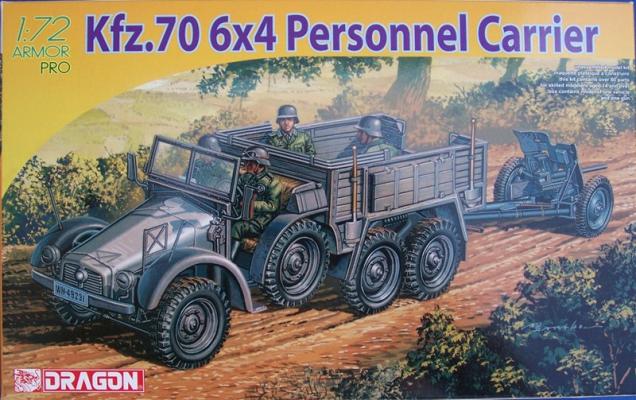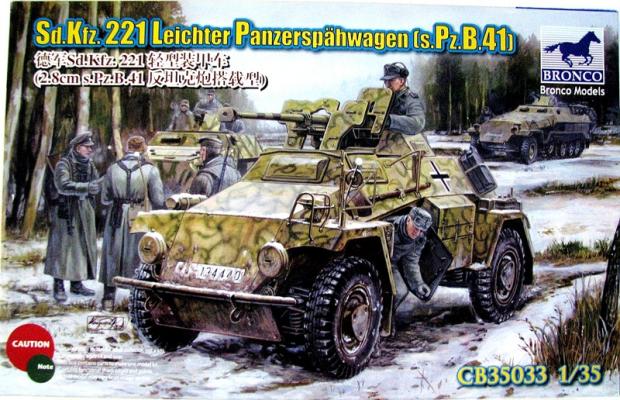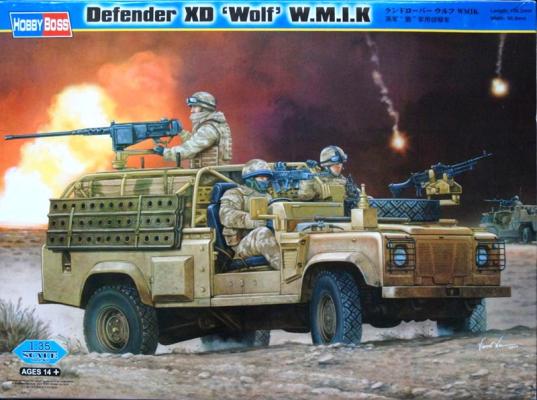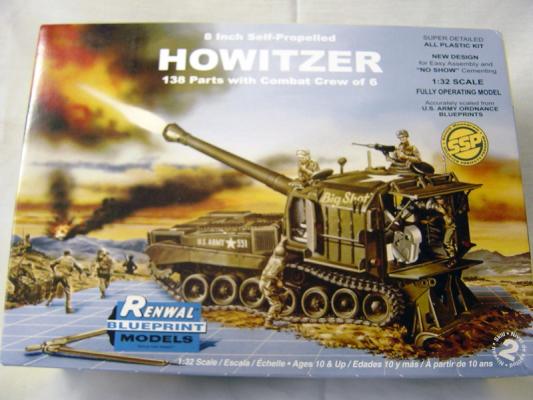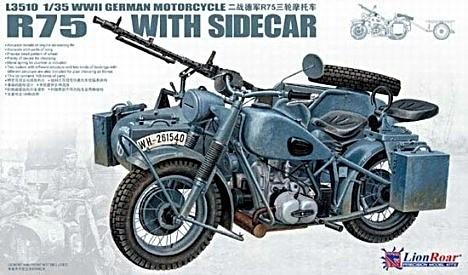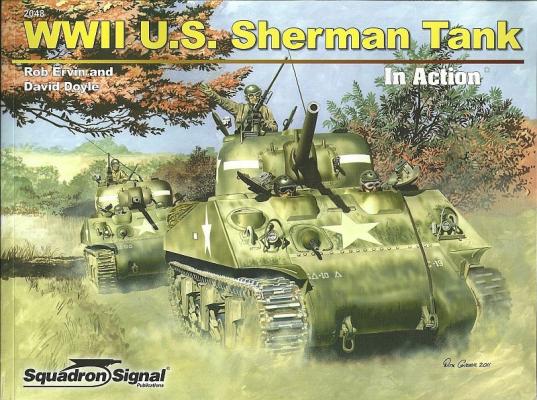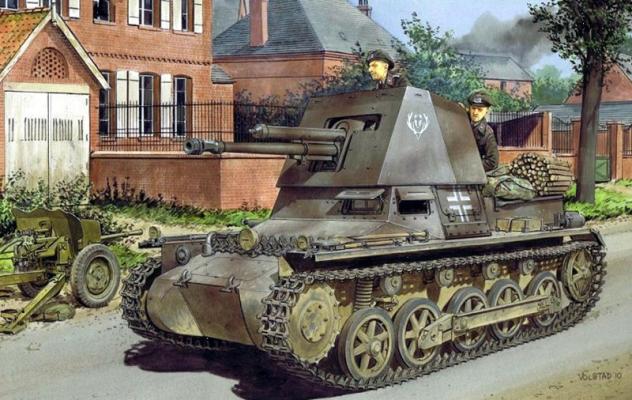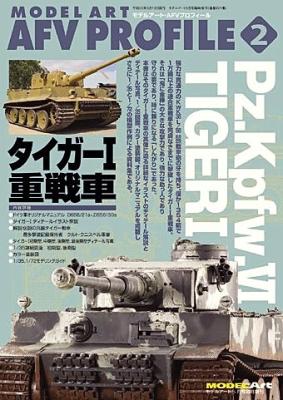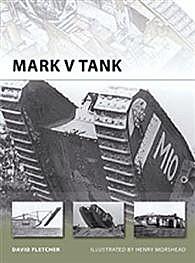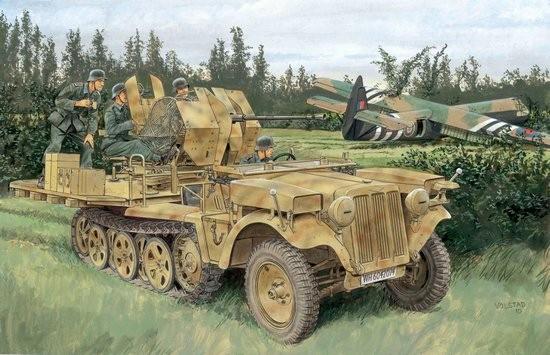The Kit:
Krupp’s Kfz.70 light truck was a workhorse for the German army throughout WW II. Initial production started in 1933 and continued through 1942 with a run of around 7000 units. It was often employed towing light artillery, particularly the PaK 35/36, 3.7cm anti-tank weapon. Dragon has released a kit of this ubiquitous vehicle in 1/72 scale and it’s a little gem. Molded in light gray plastic, the kit features highly detailed parts for both the truck and the towed cannon. The wood grain simulation on the side panels of the truck is noteworthy. Dragon provides decals for three versions, all from unknown units on the Eastern Front circa 1943. One is in winter camouflage. The instructions are typical for Dragon with exploded views showing eleven steps to complete the truck and two steps for the cannon. The last page is a painting and decal guide with color references keyed to Gunze Sangyo paints.
The Build:

